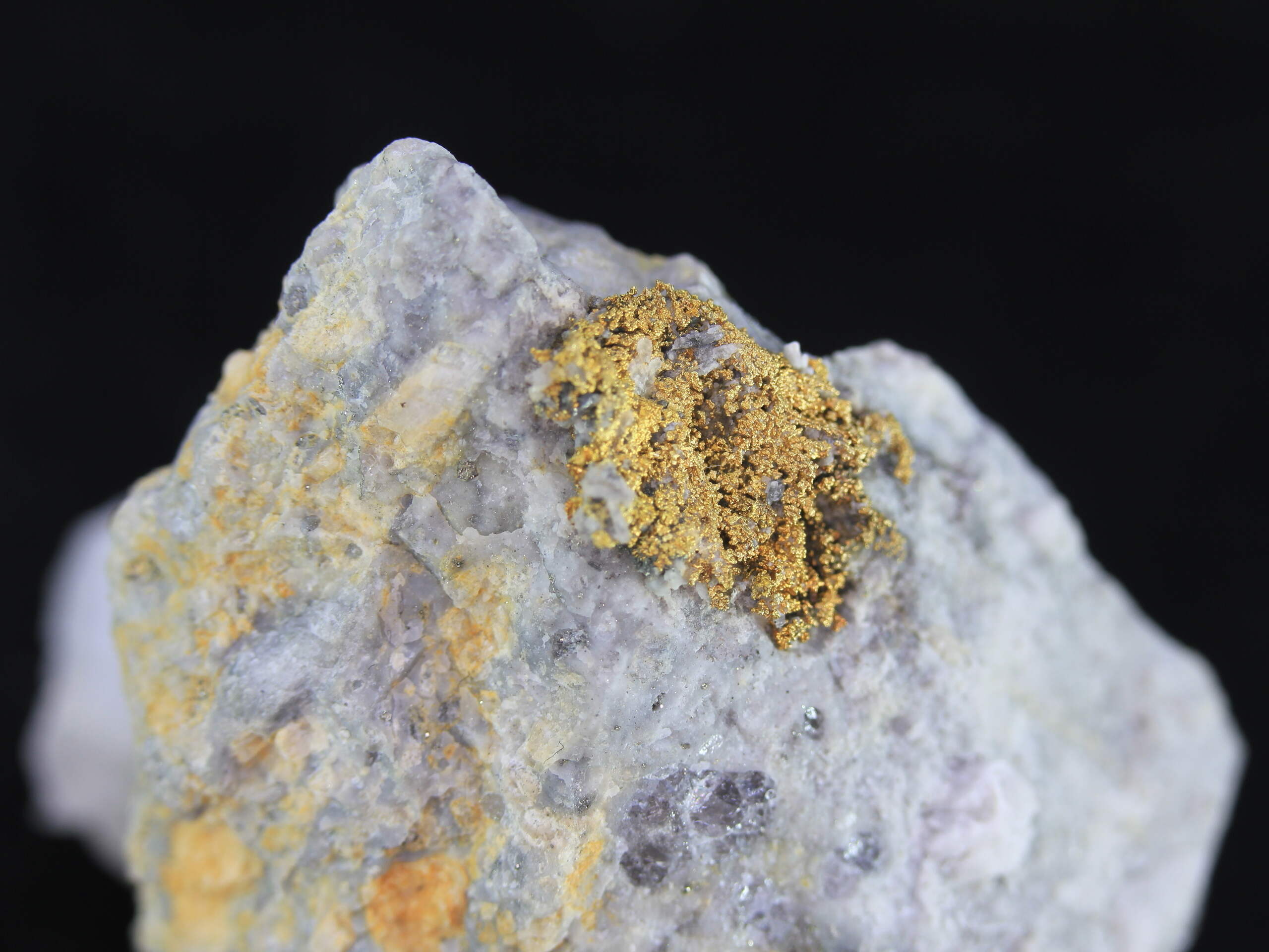
Zaïrite is a mineral that might not be on everyone's radar, but it holds some fascinating secrets. Found primarily in the Democratic Republic of Congo, this rare gem is a type of hydrated copper phosphate. Its striking blue-green color makes it a favorite among collectors and geologists alike. But what exactly makes Zaïrite so special? Zaïrite is not just about its beauty; it also tells a story of geological processes and mineral formation. From its unique crystal structure to its limited geographical occurrence, this mineral is a true natural wonder. Ready to dive into 30 intriguing facts about Zaïrite? Let's get started!
Key Takeaways:
- Zaïrite is a rare, colorful mineral found in the Democratic Republic of Congo. It's used in jewelry, studied by scientists, and can glow under UV light. It's not radioactive and can help us understand Earth's history.
- With a unique chemical formula and physical properties, Zaïrite is a fascinating mineral. It's a collector's item, used in education, and can even be made in a lab. Studying it helps us learn about our planet's past.
What is Zaïrite?
Zaïrite is a rare mineral that has intrigued geologists and mineral enthusiasts alike. Found in specific regions, it has unique properties that make it stand out. Here are some fascinating facts about Zaïrite.
-
Zaïrite is a phosphate mineral. It belongs to the phosphate group of minerals, which are known for their diverse and colorful appearances.
-
Discovered in the Democratic Republic of Congo. The first known samples of Zaïrite were found in the rich mineral deposits of the Democratic Republic of Congo.
-
Named after Zaire. The mineral was named after the former name of the Democratic Republic of Congo, Zaire.
-
Chemical formula. Zaïrite's chemical formula is (Fe,Mn)Al6(PO4)4(OH)8·4H2O, indicating it contains iron, manganese, aluminum, phosphate, hydroxide, and water.
-
Crystal system. It crystallizes in the monoclinic crystal system, which means its crystals form in a unique, non-symmetrical shape.
-
Color variations. Zaïrite can appear in various colors, including green, blue, and brown, depending on the impurities present.
Physical Properties of Zaïrite
Understanding the physical properties of Zaïrite helps in identifying and differentiating it from other minerals.
-
Hardness. On the Mohs scale, Zaïrite has a hardness of 4 to 5, making it relatively soft compared to other minerals.
-
Luster. It exhibits a vitreous to dull luster, giving it a glassy or slightly shiny appearance.
-
Transparency. Zaïrite can range from transparent to translucent, allowing some light to pass through.
-
Streak. When rubbed on a porcelain plate, Zaïrite leaves a white streak, which is a key identification feature.
-
Cleavage. It has perfect cleavage in one direction, meaning it breaks smoothly along specific planes.
-
Density. The mineral has a density of about 2.8 to 3.0 g/cm³, which is relatively light for a mineral.
Geological Occurrence
Zaïrite's occurrence in nature is limited to specific geological settings.
-
Found in pegmatites. Zaïrite is typically found in pegmatite deposits, which are coarse-grained igneous rocks.
-
Associated minerals. It often occurs alongside other phosphate minerals like apatite and monazite.
-
Rare mineral. Due to its specific formation conditions, Zaïrite is considered a rare mineral.
-
Secondary mineral. It forms as a secondary mineral, meaning it develops from the alteration of primary minerals.
-
Hydrothermal veins. Zaïrite can also be found in hydrothermal veins, which are fractures in rocks filled with mineral-rich water.
Uses and Applications
Although rare, Zaïrite has some interesting uses and applications.
-
Collector's item. Due to its rarity and unique appearance, Zaïrite is highly sought after by mineral collectors.
-
Educational purposes. It is used in educational settings to teach students about phosphate minerals and their properties.
-
Research. Scientists study Zaïrite to understand its formation and the geological conditions that produce it.
-
Jewelry. Occasionally, Zaïrite is cut and polished for use in jewelry, though its softness limits its practicality.
Interesting Facts
Here are some additional intriguing tidbits about Zaïrite.
-
First described in 1974. The mineral was officially described and named in scientific literature in 1974.
-
Named by mineralogist. The name Zaïrite was given by mineralogist Alfred Schoep.
-
Fluorescence. Under ultraviolet light, some Zaïrite specimens exhibit fluorescence, glowing in vibrant colors.
-
Radioactivity. Zaïrite is not radioactive, making it safe to handle and study.
-
Hydration. The mineral contains water molecules in its structure, which can be lost upon heating.
-
Alteration product. It often forms from the alteration of primary minerals like triphylite and lithiophilite.
-
Geological indicator. Zaïrite can serve as an indicator of phosphate-rich geological environments.
-
Synthetic Zaïrite. Scientists have successfully synthesized Zaïrite in laboratory settings for research purposes.
-
Environmental significance. Studying Zaïrite can provide insights into the environmental conditions of its formation, contributing to broader geological knowledge.
Final Thoughts on Zaïrite
Zaïrite, a fascinating mineral, holds a unique place in the world of geology. Its vibrant colors and rare occurrence make it a sought-after specimen for collectors and scientists alike. Found primarily in the Democratic Republic of Congo, this mineral's formation process involves complex geological conditions, adding to its allure. Beyond its aesthetic appeal, Zaïrite provides valuable insights into the Earth's geological history, helping researchers understand the processes that shape our planet. Whether you're a seasoned geologist or just someone with a curiosity for the natural world, learning about Zaïrite offers a glimpse into the intricate and beautiful world of minerals. So next time you come across a piece of Zaïrite, take a moment to appreciate its journey from deep within the Earth to your hands.
Frequently Asked Questions
Was this page helpful?
Our commitment to delivering trustworthy and engaging content is at the heart of what we do. Each fact on our site is contributed by real users like you, bringing a wealth of diverse insights and information. To ensure the highest standards of accuracy and reliability, our dedicated editors meticulously review each submission. This process guarantees that the facts we share are not only fascinating but also credible. Trust in our commitment to quality and authenticity as you explore and learn with us.


